Fascia is a tough connective tissue which surrounds and permeates all structures in the body including bones, muscles, blood vessels, nerves, and internal organs. It resembles a three-dimensional spider web that spreads throughout the body without interruption. Imagine a spider web glistening with morning dew. This is how healthy fascia appears in the body. The fascia creates a gliding system which stretches and expands as we move, thus allowing unrestricted freedom of movement.
However, emotional or physical trauma, surgery, chronic illness, inflammation, or postural deviations cause the fluid ground substance of the fascial system to become more viscous. Now imagine the spider web suspended in molasses. Over time, the fluid solidifies and exerts crushing pressure of up to 2,000 pounds per square inch on pain sensitive structures. The gliding properties of the system are bound, creating a “straitjacket” effect on movement. When left untreated, fascial restrictions cause a variety of problems including persistent pain, decreased range of motion and mobility, poor posture, decreased circulation, increased inflammation, decreased mood, cognitive dysfunction such as “brain fog,” and altered sleep patterns.
John F. Barnes Myofascial Release is a manual therapy approach that is safe, gentle and effective in producing long term results. It is indicated for the treatment of acute, chronic and unexplained pain including headaches/migraines, TMJ dysfunction, whiplash, back pain, women’s health issues, neurological conditions, fibromyalgia, sports injuries, carpal tunnel syndrome, and plantar fasciitis.
During the initial treatment, the myofascial release therapist performs an assessment to identify each client’s unique biomechanical and fascial strain patterns which are linked to the symptoms and complaints. Due to the continuous nature of fascia, the therapist “finds the pain but looks elsewhere for the cause” as Barnes states. For example, pain in the hip or knee may be a symptom of a poorly aligned pelvis. Once alignment is reestablished, the hip or knee pain is often resolved.
During treatment, the therapist applies gentle and sustained pressure into the fascial restrictions. The amount of pressure is important to the success of the treatment. If it is too light, it will not engage the deeper barrier of the fascia, and if the pressure is too deep, the client may tighten to protect the body from further trauma or pain. The proper pressure is then sustained for five to eight minutes, or longer, depending on the response. As a result, the fascia undergoes bioelectrical and biochemical changes that cause the solidified ground substance to rehydrate. This allows the fascial system to glide again, and the crushing pressures are removed from pain sensitive structures.
Fascial restrictions cannot be identified by standardized diagnostic tests such as X-rays, CAT scans, MRIs, or EMG studies, nor detected via laboratory blood work. A high percentage of people who suffer from unresolved pain may actually have undiagnosed problems of the fascial system. Myofascial release is often the missing link which unlocks the body’s capacity to heal itself without surgery, expensive treatments, or medication. The fascial system tells your story and makes sense of your pain. Myofascial release treats the whole individual and melds mind, body, and spirit to restore health and return you to the life you love.
Gina Malloy is a physical therapist and owner of MFRx Myofascial Release in Rancho Mirage. She can be reached at (760) 895.5145 or ginaoh10@gmail.com.
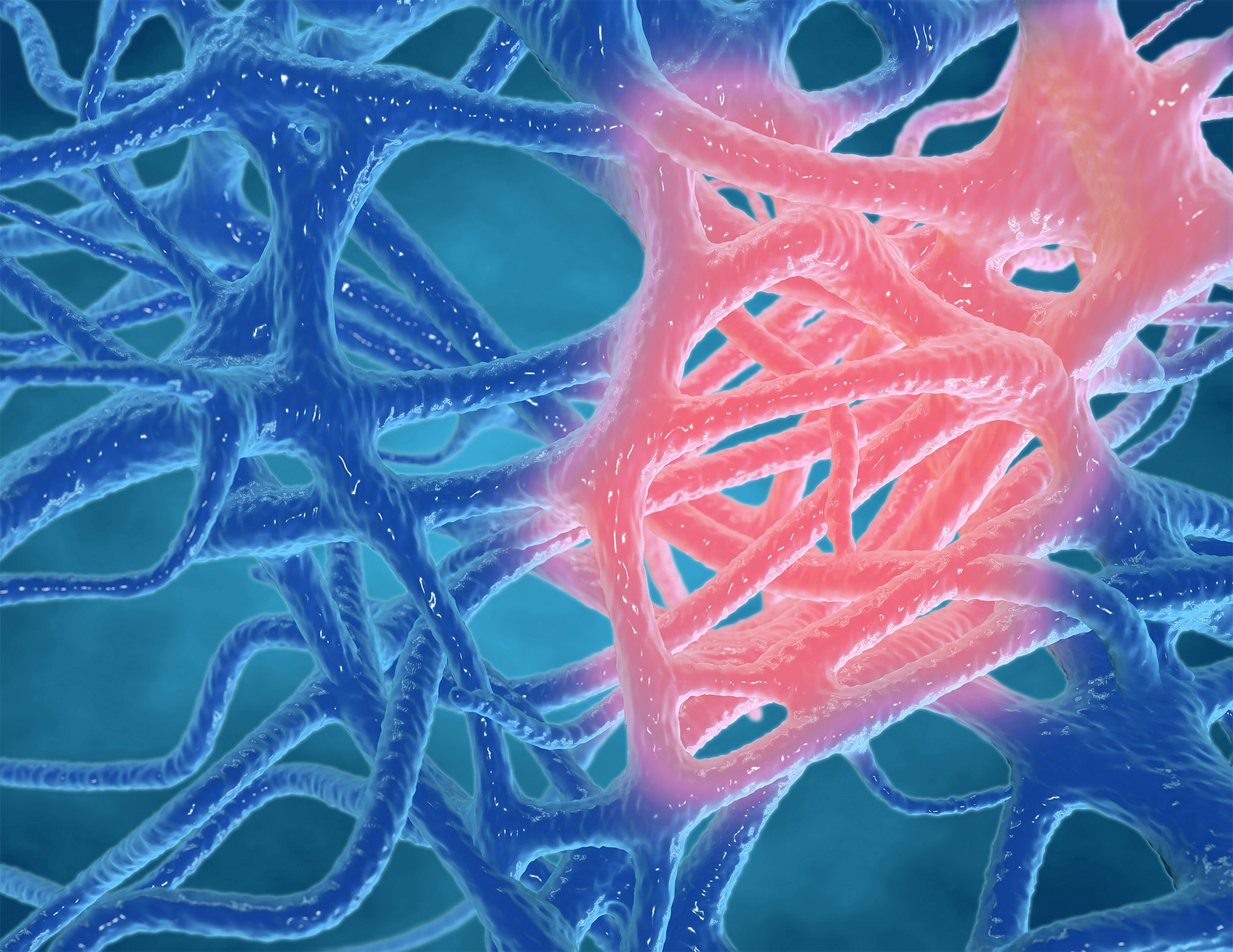









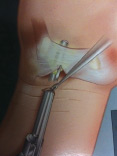
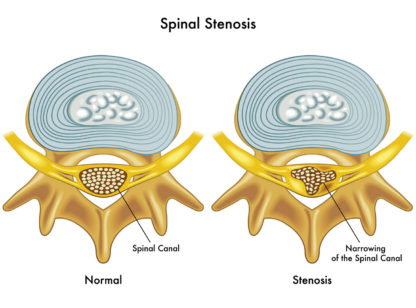


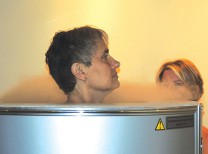









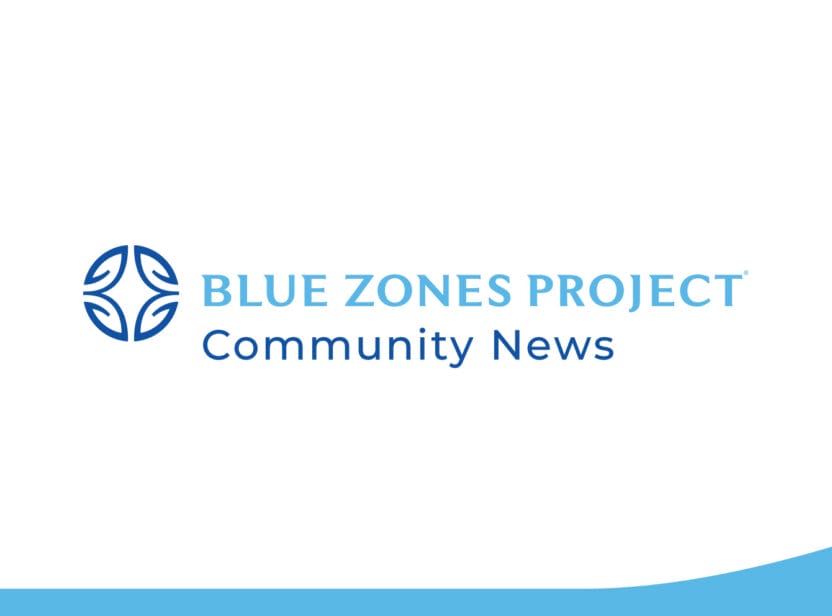











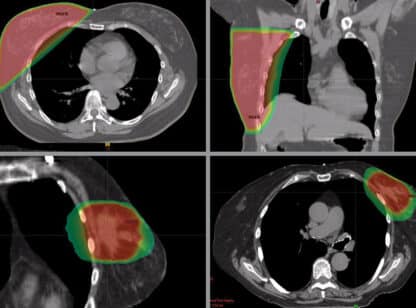









Comments (0)